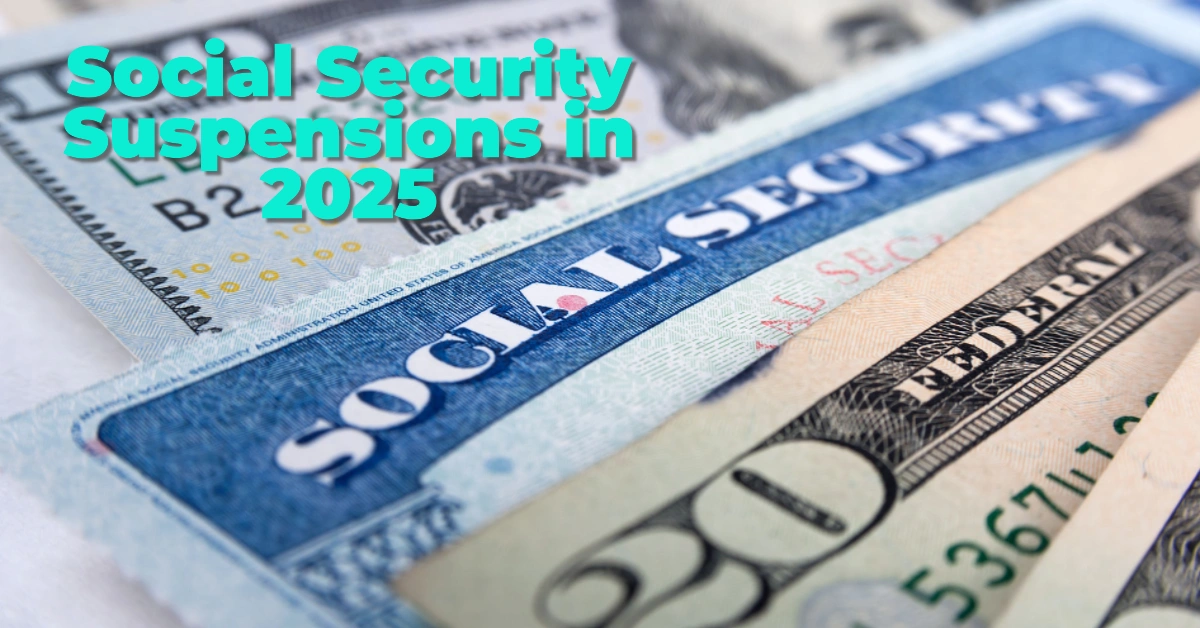
The US Dollar Index (DXY) ended the week on a strong note, rebounding from a six-week low to climb well above the 108.00 mark. Following two consecutive weeks of losses, the Greenback regained strength, supported by hawkish signals from the Federal Reserve, escalating tariff tensions with Canada and Mexico, and anticipation of upcoming labour market reports.
Table of Contents
With market attention shifting to the JOLTs Job Openings, ADP Employment Report, and Nonfarm Payrolls, traders are closely watching the US labour market’s health and how it might influence the Fed’s next moves. Additionally, Federal Reserve officials’ statements (Fedspeak) throughout the week will provide further insight into future monetary policy adjustments.
🇺🇸 US Tariffs on Canada & Mexico Take Effect: What’s Next?
The US Dollar faced initial weakness after Inauguration Day on January 20, falling from its fresh cycle highs beyond 110.00. This downturn was driven by uncertainty surrounding President Donald Trump’s trade policies, particularly regarding tariff implementations.
However, as the week progressed, the White House clarified its stance, announcing a 25% tariff on imports from Canada and Mexico, set to take effect on February 1. In response, both nations have pledged to introduce retaliatory measures, increasing uncertainty in the North American trade landscape.
China & the EU: The Next Trade Battleground?
While President Trump’s initial trade rhetoric suggested a broader tariff strategy, his latest comments on China indicate a more cautious approach. This has led market participants to speculate that tariffs on Chinese imports may not materialize.
The European Union (EU) remains a wild card in the tariff equation, as no further announcements or discussions have been made on this front.
Despite these uncertainties, analysts expect any weakness in the US Dollar to be temporary, given the currency’s stronger fundamental backdrop and expected economic resilience throughout the year.
The Future of Currency: The New Counterfeit-Proof Dollar Bills Coming by 2025
USD Rebounds Amid Renewed Tariff Speculation: Scotiabank Strategist Breaks Down the Moves
🏦 Federal Reserve’s Decision: A “Hawkish Hold” Strengthens the Dollar
At its January 29 meeting, the Federal Reserve maintained its interest rate range at 4.25%–4.50%, following three consecutive rate cuts in late 2024. This pause reflects the Fed’s confidence in the economy, though policymakers acknowledged that inflation remains somewhat elevated.
Powell’s Key Takeaways
In his post-meeting press conference, Fed Chair Jerome Powell emphasized that the central bank is in no rush to adjust policy, citing continued economic strength.
🔹 He described the potential impact of tariffs as highly uncertain, highlighting unknowns such as:
✔️ The scale and duration of tariffs
✔️ Possible retaliatory measures from trade partners
✔️ How tariffs could affect inflation and consumer spending
🔹 Powell also responded to President Trump’s recent call for immediate rate cuts, stating he has had “no contact” with the president regarding monetary policy.
Fed Governor Bowman: Cautious Optimism on Inflation
On Friday, Federal Reserve Governor Michelle Bowman provided additional insights:
✅ She expects inflation to decline further this year, which could support potential rate cuts.
✅ However, she warned that rising wages, strong markets, and geopolitical tensions could slow inflation’s decline, necessitating a gradual approach to rate adjustments.
The Fed’s commitment to data-driven decision-making reinforces a measured policy stance, which has supported the US Dollar’s recovery.
📅 Key Events on the US Economic Calendar Next Week
1️⃣ US Labour Market in Focus
This week, the spotlight will be on key employment data, which could significantly influence Fed policy expectations:
✔️ JOLTs Job Openings – Offers insight into labour demand and hiring trends
✔️ ADP Employment Report – A precursor to official Nonfarm Payrolls (NFP) data
✔️ Nonfarm Payrolls (NFP) – The most crucial employment indicator for assessing job growth and economic health
2️⃣ ISM Manufacturing & Services PMI Reports
The ISM Manufacturing and Services PMI reports for January will provide a snapshot of economic activity and business sentiment.
3️⃣ Fedspeak: More Policy Insights Expected
Several Federal Reserve officials are set to speak throughout the week, potentially offering clues about the timing of future rate cuts and their views on economic risks.
📊 US Dollar Index (DXY) Technical Outlook: Will the Uptrend Continue?
The US Dollar Index (DXY) closed the week with renewed bullish momentum, suggesting further upside potential in the near term.
🔺 Resistance Levels to Watch
✔️ 110.17 – Key cycle high from January 13
✔️ 114.77 – 2022 peak from September 28
A break above 110.17 could open the door for a test of the 2022 peak at 114.77, strengthening the bullish outlook.
🔻 Support Levels to Watch
✔️ 106.96 – 2025 bottom from January 24
✔️ 105.42 – December 2024 low
✔️ 104.77 – 200-day SMA (Simple Moving Average)
As long as the DXY remains above the 200-day SMA at 104.77, the uptrend remains intact.
📉 Momentum Indicators Show Mixed Signals
🔹 RSI (Relative Strength Index): Climbing above 51, suggesting growing upside potential
🔹 ADX (Average Directional Index): Below 22, indicating weak trend strength
This suggests that while bullish momentum is building, the current rally lacks strong conviction, leaving the Greenback vulnerable to pullbacks.
🔮 Outlook: What’s Next for the US Dollar?
With tariffs, Fed policy, and labour data in focus, the US Dollar’s trajectory depends on incoming economic reports and policy signals.
✅ If labour market data remains strong, the Fed may delay rate cuts, boosting the Greenback.
✅ If tariffs escalate, the USD could benefit from safe-haven demand.
✅ If inflation falls faster than expected, rate cut expectations could return, pressuring the Dollar.
Bottom Line: The US Dollar’s bullish outlook remains intact, but upside potential depends on labour market resilience and Fed signals. Traders should brace for increased volatility as key economic events unfold.










Leave a Reply